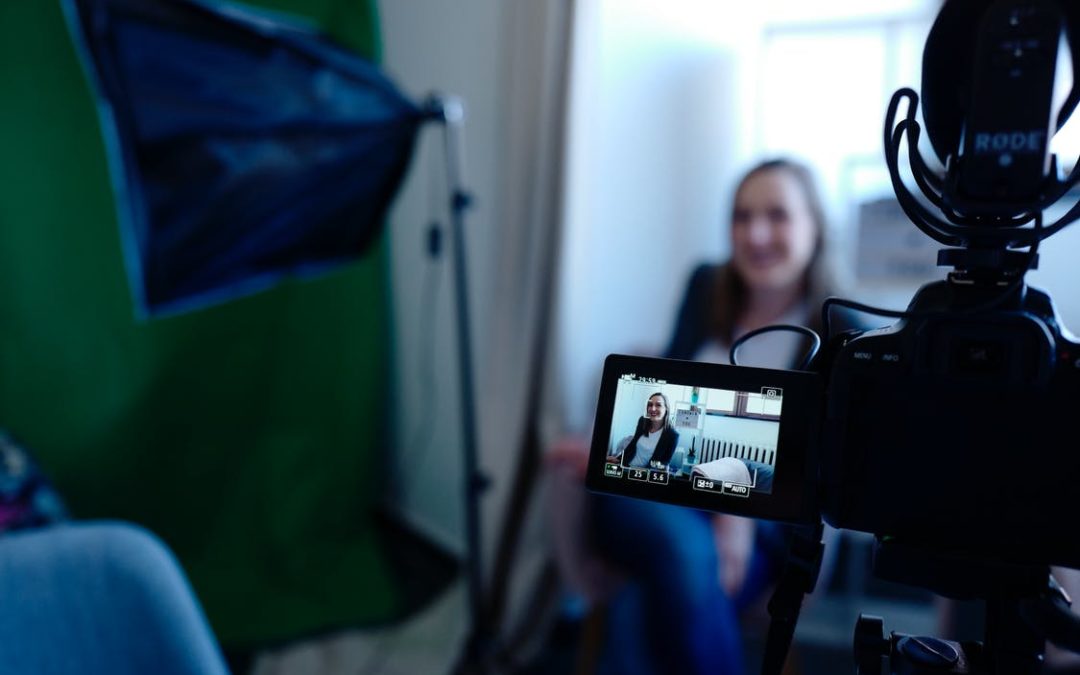The outpouring of artistic expression during this international pandemic has been a wonderful entrée into the arts for many millions of people stuck at home looking for entertainment and distraction. The surprising thing, I expect, for those who have now discovered the arts for the first time, is the ability of art to touch our deepest emotions as well as entertain us.
Galleries, museums, and the performing arts are experimenting way outside their conventions; with new forms of working together while apart, playing with myriad ways to use technology, stripping out the sets, costumes, and lighting, collaborating across genres and artforms. Perhaps something new in the arts and culture environment is emerging. I certainly hope so.
Audiences have flocked to online museum and gallery websites. In France, Paris’ 14 municipal museums, known collectively as the Paris Musées, are focusing on interactivity and digital events which has driven a 33% increase in Twitter followers and more than 150% increase on Facebook.i That’s spectacular social media growth but with no associated revenue to offset the closure of all the museums for several months.
Here at home, the performing arts sector and festivals (theatre, music, opera, and dance) have been closed for a month and are now announcing the cancellation of all of their summer seasons; many only having summer seasons. They are scrambling to find alternative virtual ways to engage their audiences. Stratford Festival was able to reorient much of its efforts towards digital projects once it had taken the decision to suspend indefinitely its 2020 season. The company had with foresight been making films of their Shakespeare productions and have announced a 12-week online festival. They launched with “King Lear” starring Colm Feore which has more than 37,000 views on YouTube.
Stratford’s situation is both the best and worst of scenarios. Very few performing arts companies in Canada have the reserves to create a high-quality video of their works; even fewer began to build a repertoire years ago. Stratford also has the star power and technical expertise to launch the virtual festival in a fairly short timeframe. On the other hand, the virtual festival on Youtube is entirely free so, despite those 37,000 viewers, it is in no way able to contribute to Stratford’s losses. Financial loss to the company is expected to be in the range of $40 million and the surrounding community won’t see it’s expected tourism boost of $135 million either.ii
The absence of a viable business model for digital content is not a new problem. Artists and arts and culture organizations have been struggling to create viable business models for decades. Disruptive content providers like YouTube and iTunes have contributed heavily to the public expectation that access to art will be free or at such a low cost that the revenues the creative sector used to receive are all but decimated for the majority of creators and producers.
But artists are finding ways, in the words of the New York Times’ Ben Smith, to “monetize individuality”.iii Platforms like Substack, Medium, Patreon, and Cameo, are allowing individual artists and writers to find fans, and more critically, financial rewards. Gradually, performing artists are moving into the same artist-led spaces and becoming less dependent on large organizations to promote and distribute their work. Sidedoor connected artists and hosts for home concerts until the coronavirus shutdown concerts. It has quickly pivoted to presenting ticketed online performances and has hosted artists such as Fred Penner, the Good Lovelies and Steven Page.
There are thousands of experiments underway looking to overcome the technical, artistic, and sales and marketing challenges of digital performances. With the usual creativity of the sector, the offerings are imaginative and diverse. Theatre Replacement live-streamed rather than cancelled, Mine, a play about the real-life relationship between the playwright, her son, and the online game Minecraft. Esprit Orchestra has announced Soundbite, excerpts from recent concerts. The Canadian Opera Company is inviting the public to participate in a virtual choir performance of the “Anvil Chorus” from Verdi’s Il Trovatore. These online performances will generate useful data about what audiences like and don’t like. But the ticket revenue isn’t there yet.
Will audiences respond not only with their time but also their wallets? It is acutely urgent that the sector find answers to how to monetize virtual content now. Whether it is using video streaming platforms or creating premium content only for donors, the opportunities are there for the next big ideas to emerge. Let’s hope the sector gets the time and the support it needs to figure it out.
i. Belmont, Sarah “Lockdown drives digital boom at French museums—but where’s the business model?” The Art Newspaper April 30, 2020.
ii. Maga, Carly “Stratford Festival suspends 2020 season indefinitely due to COVID-19” The Toronto Star, April 27, 2020.
iii. Smith, Ben “The New Model Media Star Is Famous Only to You” The New York Times, May 24, 2020






